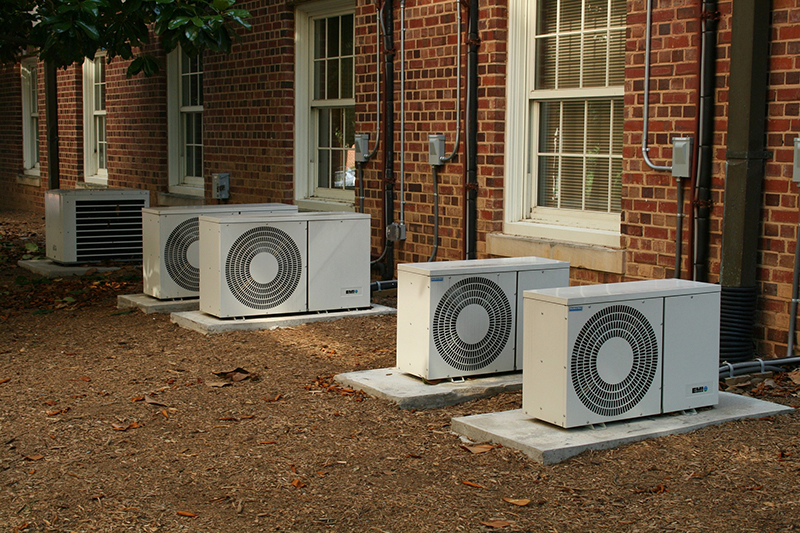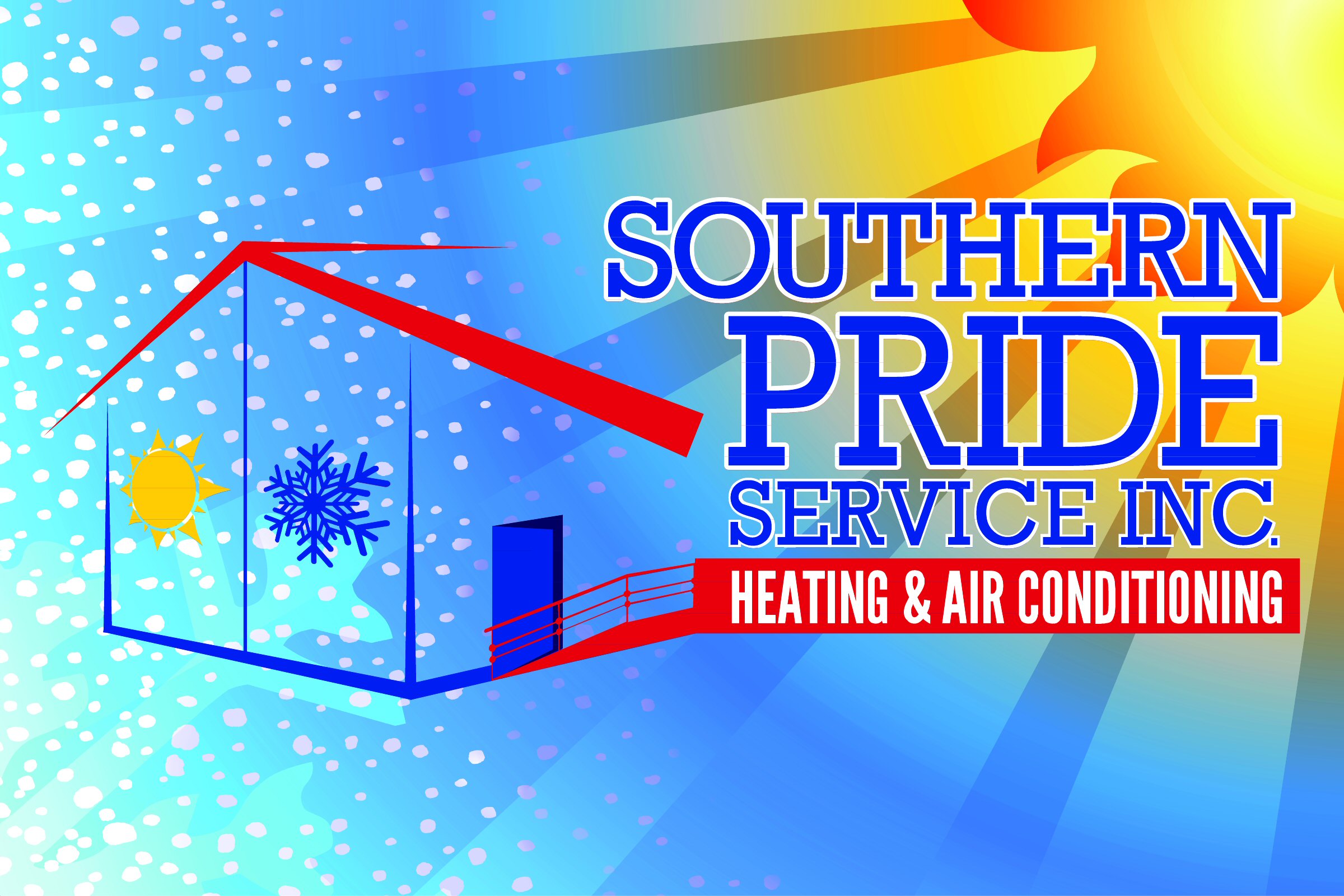The Ultimate Guide to Types of Residential Air Conditioner Systems

Do you know what type of air conditioner you have in your home? A little knowledge about your cooling system can go a long ways. Knowing the type of system you have makes it easier for maintaining your system and running at maximum efficiency. This improves both comfort and energy savings. This article contains a helpful guide on the pros and cons of your home air conditioning system.
Understanding the different types of air conditioners for homes.
There are typically three different types of air conditioners for a home.
Evaporative Coolers
Pros:
- They have a low environmental impact. The cost of using evaporative cooling is about one-third the cost of standard air conditioning.
- Air conditioning requires having a sealed home to maintain efficiency. Evaporative coolers are healthier because they use a constant flow of fresh air. The fan draws outside air in, and open windows or doors keep a breeze of healthy air flowing through the home.
- Those concerned with healthy air for both the home and the planet have a solution for their needs with this type of cooling unit.
Cons:
- Dry air is much more receptive to evaporation than humid air. These cooling units perform best in areas with low humidity, which allows for quick evaporation.
- The pads must be cleaned regularly or changed to remove thick, mineralized deposits since the water evaporates but leaves any minerals behind. The units must also be drained in winter to prevent damage to the equipment.
- Since both humidity and temperature fluctuate, evaporative coolers work best on some days, poorly on others.
- A modern evaporative cooler is usually mounted on a roof or in a window. It operates with a fan blowing air across pads that are soaked with water and the pads must have a constant water supply to maintain their moisture.
Window or Wall Units
Pros:
- Although they are commonplace items, window or wall units can have drawbacks as well as advantages, depending on what the buyer needs.
- The primary maintenance is to keep the filter cleaned or replaced periodically.
- Compared to other air conditioning equipment, they are low in cost.
- Simple wiring allows the user to locate the unit near a home electrical outlet. They are compact and don’t require a lot of space.
- They are self-contained and generally require few tools for installation.
Cons:
- Because window or wall units are limited in size, they are generally limited in effectiveness as well. They are usually ineffective in cooling more than one room.
- Older units require more energy to run
- They require tight sealing whether wall or window installed. Air leakage around the unit reduces their effectiveness and drives up the cost to operate.
- They are noisy when window mounted. These units can cause loose sashes to vibrate and the equipment itself can often vibrate and generate noise.
- Multiple units are required for whole-house cooling.
- Because they are a single unit, window air conditioners invite easy entry into unprotected homes by thieves if not properly installed..
- They can block views when installed in windows.
Split System Air Conditioners
Pros:
- Well-circulated air pushes out stale air into the return ducts and removes contaminants trapped in the filter, keeping indoor air clean.
- While split AC systems are expensive, they can allow an entire structure to be cooled.
- When ducting is located inside walls or other conditioned areas or is well insulated, energy loss is minimized and a split system AC is an energy-efficient method of cooling.
- Properly installed ducts deliver cool air anywhere in the home, even to the room farthest away from the evaporator coil.
Cons:
- Filters must be maintained in split system AC units to ensure good airflow and proper comfort. Filters should be changed every three months or when dirty to prevent damage to the system and clogged air circulation.
- Metal ducting transfers heat and cold quickly. If the ducts are not inside conditioned spaces or properly insulated, there is a transfer of cooling into areas of the home where energy is wasted.
- Poor duct installation can lower the efficiency of your equipment. The shortest distance between your inside unit and the various rooms in the home is best. If ducting winds around objects, has sharp turns or is improperly sized, this slows down airflow speed, wastes energy, and reduces comfort.
Wrapping It Up
Now that you know the different types of air conditioning for a home, the next step is to locate your unit. Locations of air conditioning systems vary on the type of system you have. If you are not experienced with cooling systems “look but don’t touch”. Even if you are experienced you should still consult an expert for any issues your system may be having, and during the consultation ask them to show you how to safely and properly care for it.
Contact Southern Pride Service, Inc to schedule an appointment with our friendly Southern Maryland heating technicians today. We are here to help with choosing the right air conditioning system and making sure your installation is done right the first time.

